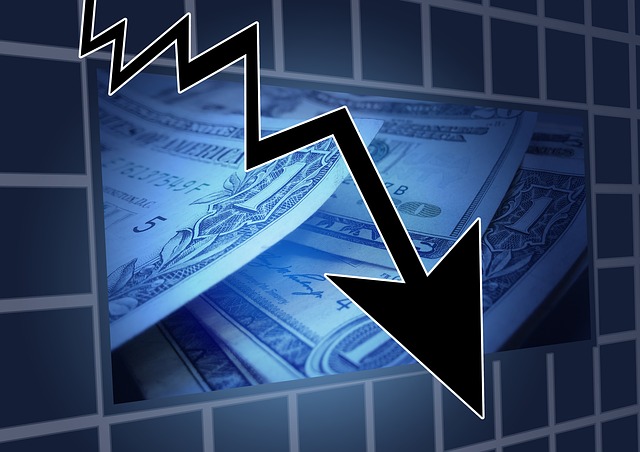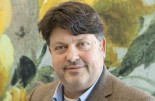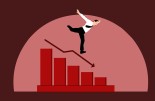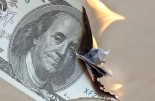PIMCO: 75 is the New 25

By Joachim Fels, Managing Director and Global Economic Advisor at PIMCO
Unless explicitly stated, views expressed do not constitute official PIMCO views.
Long gone are the days when central banks only moved rates in incremental steps of 25 basis points (bps). Both the European Central Bank and the Bank of Canada raised official rates by 75 bps last week, following in the footsteps of the U.S. Federal Reserve’s two 75 bps hikes in June and July. Moreover, following another upside surprise in U.S. CPI inflation this week, the Fed looks likely to continue tightening at this pace next week and possibly yet again in November and December. Also, markets are now pricing in a greater than 50% probability that both the Bank of England’s and the ECB’s next step will be 75 bps rather than 50 bps.
It’s obvious why 75 bps is the new normal at this stage of the tightening cycle: In the face of continued massive inflation overshoots central banks are intensely focused on keeping long-term inflation expectations anchored. Policymakers currently all seem to be guided by the old saying that only hawks go to central banker heaven and are thus determined to, in Jerome Powell’s own words, “keep at it until the job is done.”
So how will central bankers and financial market participants know when the job is done and it’s appropriate to pause? Given the uncertainty about the level of the unobserved neutral rate of interest, policymakers have made it clear that they want to see inflation on a sustained downward path, which I interpret to mean at least several months of falling core inflation. Such a downward path could well stay elusive for quite some time, especially in the U.S., given accelerating wage gains, which are important drivers of service sector inflation, and the prospect for continued strong increases in the shelter component of CPI.
While it is unclear what terminal level of rates is required to get the job done, my suspicion is that it is higher than the 4.25% peak fed funds rate that markets are pricing right now. What is quite clear though is that the job cannot be done without inflicting additional pain. More pain in the financial markets will be needed because financial conditions are the transmission mechanism for monetary policy, and it is likely to be forthcoming as central banks keep raising rates and the Fed runs down its balance sheet. Pain in the labor market in the form of rising unemployment is needed to prevent a further acceleration in wages, and it is likely forthcoming in response to the past and future tightening of financial conditions. As a consequence, the proverbial soft landing that central bankers are hoping for and markets have been romancing in recent months looks quite unlikely to me.
Despite a probable hard landing in the form of a recession in developed market economies, a quick central bank pivot from rate hikes to rate cuts looks very unlikely, barring a major financial meltdown or a massive bout of “immaculate disinflation” out of nowhere. Central bankers will be keen to avoid the mistakes of the stop-go policies of the 1970s, when their predecessors reversed course soon after inflation had peaked and thus laid the ground for the next bout of inflation to even higher peaks. A long plateau in rates at higher levels thus looks more likely to me than the Fed rate reversal that is priced into the forward curve for next year.
This brings me to my last point, one we already emphasized in our Secular Outlook earlier this year: While the coming recession should be relatively shallow given the lack of major private sector imbalances, it is unlikely to be followed by a V-shaped recovery because sticky inflation will prevent central banks from easing policy in a meaningful way anytime soon. Also, there will be less of a safety net for financial markets as central banks won’t be coming to the rescue as fast and furious as they did in the last couple of decades. Winter is coming.










